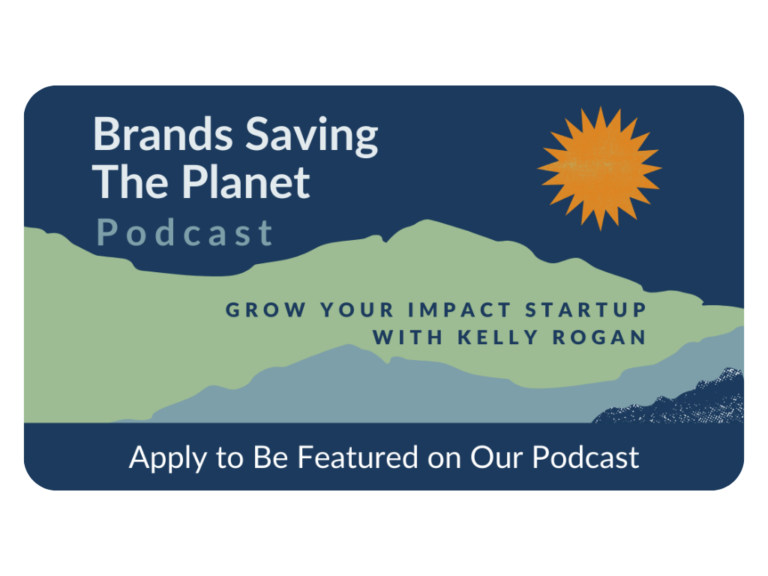In today’s marketing world, it is critical for eco-friendly companies to be using the best marketing channels for their needs. The tricky part is that not all channels are suitable for all businesses. Each company is different, and therefore doing in-depth research is needed before creating the final marketing strategy. The marketer behind the brand must possess the skills to identify the most suitable channels to achieve the desired marketing goals.
In this article, we’ll go through the top 7 marketing channels eco-friendly companies should be using and explain how leveraging them to your strategy will help you on your journey.

What are digital marketing channels?
Digital marketing channels are different platforms that businesses use to reach their target audience, for example, a brand’s website or Instagram account. One of the most important parts of any marketing strategy is to select the best channels to achieve the business goals. For most eco-friendly brands, the goals are to raise brand awareness, show transparency, generate leads, and increase sales. To know which channels to leverage, it is important to understand the value of different channels.
Top 7 marketing channels for eco-friendly companies
1. Email Marketing
Each day, more than 306 billion emails are sent and received worldwide. There’s no denying email marketing is one of today’s most effective marketing channels. Personalized email marketing campaigns allow brands to engage their audience. By sharing monthly newsletters with the latest news, product launches, and sales, brands can easily increase brand awareness and increase sales. Encouraging people to subscribe to your emails will generate more leads and revenue for your business. No wonder 4 out of 5 marketers have said they’d rather give up social media than email marketing.
2. Influencer Marketing
Influencer marketing refers to marketing efforts performed by a chosen social media influencer. These influencers are hired to introduce the brand’s products or services to their audience and to convince them to buy the product. Influencers are providing social proof to the people interested in the brand: when a trusted influencer is recommending the product, people are more easily convinced and willing to buy. It has been studied that 91% of millennials trust online reviews as much as friends and family.

3. Partnership Marketing
Term partnership marketing refers to marketing where a brand collaborates with another brand to create a campaign that benefits both businesses. The advantage of partnering with another business is to gain a larger audience, increase brand awareness, and increase sales. According to research, 57% of organizations use partnerships to acquire new customers. However, although partnership marketing is an effecting marketing tactic, it might be challenging. One of the biggest challenges of strategic partnerships is known to be keeping the partnerships active and mutually rewarding.
4. Social Media Marketing
Today, social media marketing is one of the most popular marketing channels. There are currently 3.78 billion social media users around the world. Brands use different social media platforms to connect with their audience, raise brand awareness, increase sales, and drive website traffic. When starting your social media marketing strategy, it is important to choose the platforms that are most relevant for your brand. Start by thinking about the audience you want to reach and what type of content you want to share.
5. SEO Marketing
SEO stands for “search engine optimization”. SEO marketing strategies are used to improve your website and to increase its visibility when consumers are searching for your products or services. It has been estimated that there are more than 3.5 billion searches conducted each day on google only, and therefore, the importance of SEO can’t be emphasized enough.

6. Video Marketing
During the past couple of years, video content has become more and more popular. This has also increased the importance of video marketing. Video marketing is an effective way to increase brand awareness, engage with your audience, and convince the consumers of your products. It also helps your brand to stand out from the competitors and to stay visible for a longer time. According to a study, 54% of consumers want to see more video content from the brands they support.
7. Podcast Marketing
During the past years, the demand for audio content has increased. It has been studied that 57% of US consumers are now listening podcasts. Incorporating podcast marketing into your marketing strategy will not only help you to engage with your consumers but it’ll also create more opportunities for interaction. The best thing about podcast marketing is that your audience will be able to listen to your episodes anytime, anywhere they go.
Here are our recommendations of marketing channels eco-friendly companies should be using. These channels can be used to increase brand awareness, engage the audience, drive traffic to your website, and increase sales. By using the most relevant ones for your brand, you’ll be able to position your products and services so that your target audience will find them.
Author: Oona Yletyinen


